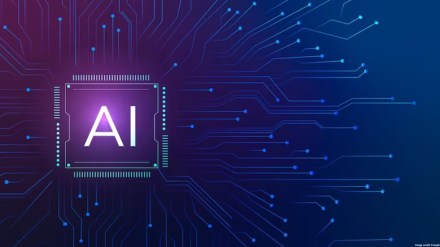By Arjun Naik
The intersection of artificial intelligence (AI) and drone technology has ignited a revolutionary leap forward in the capabilities and applications of unmanned aerial vehicles (UAVs). By harnessing the power of AI, drones are no longer confined to simple remote-controlled devices; they have evolved into intelligent, autonomous systems that are reshaping industries, enhancing safety, and transforming the way we perceive the world from above.
Enhanced Autonomy and Intelligent Navigation
One of the most significant advancements AI brings to drone technology is enhanced autonomy. Traditional drones relied heavily on human operators to control their flight paths, which limited their range, endurance, and complexity. However, with AI algorithms, drones can now process vast amounts of data in real-time, enabling them to make autonomous decisions based on their surroundings.
AI-powered drones incorporate advanced computer vision systems, utilizing cameras and sensors to perceive their environment accurately. These systems enable drones to navigate complex terrains, detect and avoid obstacles, and even perform precision maneuvers. By leveraging machine learning algorithms, drones continuously improve their capabilities, learning from each flight and becoming more efficient and reliable with time.
Applications across Industries
The fusion of AI and drone technology has opened up a plethora of applications across various industries. In agriculture, AI-equipped drones offer farmers valuable insights by capturing high-resolution imagery, analyzing crop health, and identifying areas that require attention, leading to optimized resource allocation and increased yields. Additionally, drones equipped with AI algorithms can efficiently spray fertilizers or pesticides, reducing environmental impact and minimizing human exposure to harmful chemicals.
The construction and infrastructure sector benefits from AI-powered drones as well. They can conduct aerial inspections, monitor construction progress, and identify potential safety hazards, significantly improving project management efficiency. Similarly, in the energy sector, drones with AI capabilities can inspect power lines, wind turbines, and solar panels, reducing costs and enhancing worker safety.
Public safety is another domain that has seen immense progress due to AI-driven drones. Emergency responders can deploy drones for rapid search and rescue missions, using AI algorithms to analyze live video feeds and identify missing individuals or hazardous conditions in disaster-stricken areas. Moreover, drones equipped with AI can provide real-time situational awareness during emergencies, helping authorities make informed decisions swiftly.
Security and surveillance have also been transformed by AI and drone technology integration. Drones can patrol large areas autonomously, monitoring for unusual activities or potential threats. With AI-enabled facial recognition algorithms, drones can identify individuals of interest or track suspicious behavior, bolstering security efforts in public spaces, critical infrastructure, and border control.
The Future of AI-Enhanced Drones
As AI continues to evolve, the future of drone technology appears even more promising. Advanced AI algorithms are enabling drones to collaborate and communicate with each other, paving the way for swarms of autonomous drones to execute complex missions efficiently. This could revolutionize tasks such as delivery services, disaster response, and environmental monitoring.
Furthermore, AI-powered drones are being integrated into smart city frameworks, creating interconnected ecosystems that leverage the data collected by drones to optimize urban planning, traffic management, and environmental conservation efforts.
AI has revolutionized drone technology, unlocked new possibilities and transformed industries. With enhanced autonomy, intelligent navigation, and a wide range of applications, drones are becoming indispensable tools in agriculture, construction, public safety, security, and beyond. As AI and drone technology continue to evolve hand in hand, we can expect to witness even more remarkable advancements that will shape our future and redefine the way we interact with the world from above.
The author is founder and CEO, Scandron
Follow us on Twitter, Facebook, LinkedIn
